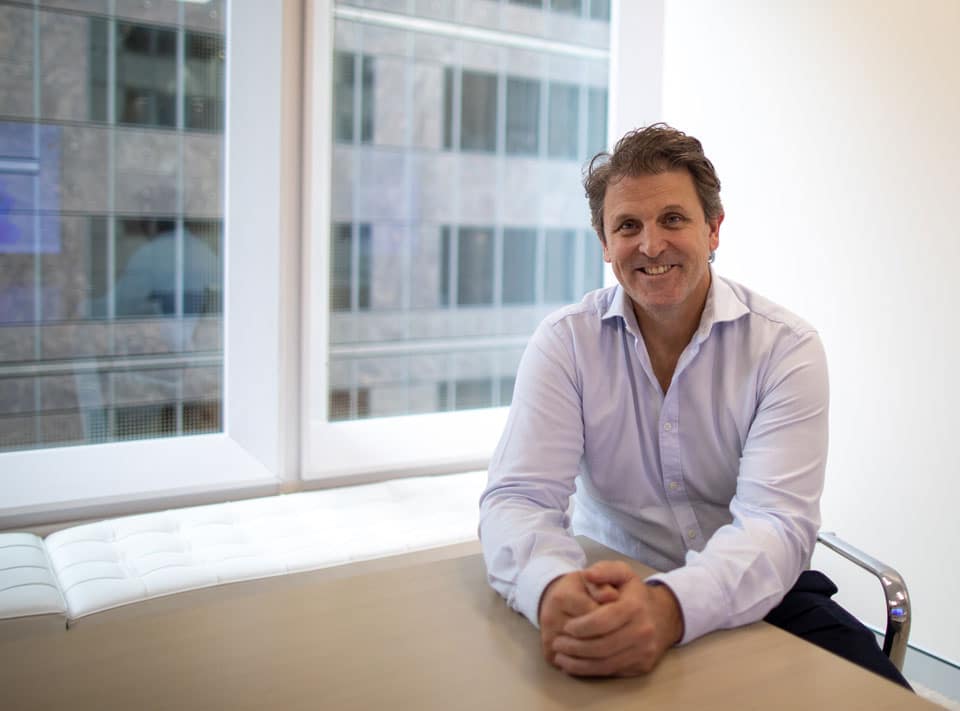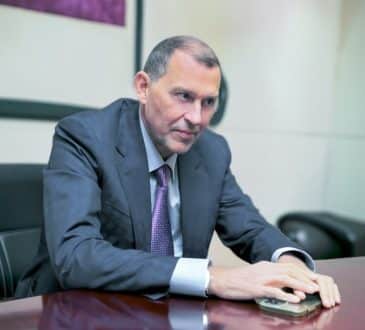Six steps for finding the best trades

Historically, alternative assets have been difficult to find. Because I worked in an investment bank, I understood where to look and how things worked. If I’d been an average investor, I would have struggled to get access to these investments. This is because traditionally, alternative asset opportunities are promoted to banks, large institutional investors and large family offices, not individuals like you or me.
Not knowing where to start or how to navigate the complex world of trading makes this a daunting process. To ensure you invest well and grow your wealth, you will need to learn the basics of researching and analysing the benefits and risks of each investment opportunity. Finding and executing profitable trades that are aligned with your investment goals and risk tolerance is key to your success in this field. Here is a step-by-step process for finding and executing trades.
- Finding and assessing investment opportunities
Researching investment opportunities, then narrowing them down to three or four likely prospects is a skill. You will need the ability to quickly recognise and say ‘no’ to average and bad trades, otherwise you waste too much time. First, if you don’t like the people, don’t proceed. You can read personalities. You can see if they’re humble, driven and motivated: those traits are critical. It’s nearly as easy to tell if they are stretching the truth or overselling. Next, read a summary of the opportunity – a scan of the numbers and facts – then contrast it to similar deals. It will become clear which ones are not worth pursuing and which ones are worth further investigation. - Initial due diligence
Once you have narrowed your list down to potential investments, take a further look at the numbers to assess if it’s debt, equity or hybrid in nature. Then look at the risks. What’s the underlying risk? What’s the offset to those risks? How do you ensure you’re going to get your money back? Is it profitable? Assets? Growth? Security? Essentially, try to work out what could go wrong and assess whether the upside seems commensurate with the risk. Once you’ve worked through the underlying risk, compare it to similar trades you’ve done in the past and how you priced those – this will give you more context. - Detailed due diligence
Detailed due diligence involves both qualitative and quantitative analysis. You will need, at least, the last three years’ organisational charts and key management CVs for each opportunity. You’ll need information on everything from the personnel involved, operational risk, company risk, business risk and every other risk you can think of. If this information is not available upon request, it’s either too early to be engaging with the capital raisers or they don’t have internal processes or systems set up appropriately. These are both red flags. When this deep due diligence has been actioned on two or three companies, one investment opportunity, citing roughly the right numbers, should stand out. - Negotiating the term sheet
A draft term sheet (preliminary offer) and deal structure and opening offer come next. Enter an iterative process for improving the term sheet in your favour, while respecting the capital raiser’s interests and objectives. There are many financial levers you can tweak to negotiate terms that get the best returns. For example, the valuation of the private company for equity investments is critical – that’s where most of the negotiation happens. To any given amount of investment, you want to maximise how much of the company you own. You can do this through negotiating the company’s value. - Investment committee review
By the time a trade goes to the investment committee, you’ve done detailed due diligence; therefore, you know that it’s good. Any bad trade or trades yielding a red flag have typically been filtered out. However, this governance process is important to share knowledge and stress test in a meeting environment. Everything must be debated, even if you already know it’s a trade worth doing. These discussions are key in the due diligence process. It’s the time to hash out all the details until all your concerns are resolved. - Final due diligence
The final piece of due diligence is a time for performing basic checks such as a CV check, a criminal check, ID verifications and Google searches and making sure the other party has never been bankrupt or held directorship of any bankrupted entities. If the trade passes this last test, it’s time to work through the legal documentation and negotiation process. Your legal team will prepare the final details.
Finding and executing trades requires a disciplined approach incorporating research, analysis and risk management. By following these steps, you can increase your chances of identifying profitable investment opportunities and making sound investment decisions.
Authored by Travis Miller.
Have you read?
Wealthiest Sports Owners in the World?
World’s Richest Actors And Their Net Worth.
World Richest Tennis Players And Their Net Worth.
Richest NFL (National Football League) Players.
Top CEOs in Singapore, 2023.
Ready to join the CEOWORLD magazine Executive Council– Find out if you are eligible to apply.
Add CEOWORLD magazine to your Google News feed.
Follow CEOWORLD magazine headlines on: Google News, LinkedIn, Twitter, and Facebook.
This report/news/ranking/statistics has been prepared only for general guidance on matters of interest and does not constitute professional advice. You should not act upon the information contained in this publication without obtaining specific professional advice. No representation or warranty (express or implied) is given as to the accuracy or completeness of the information contained in this publication, and, to the extent permitted by law, CEOWORLD magazine does not accept or assume any liability, responsibility or duty of care for any consequences of you or anyone else acting, or refraining to act, in reliance on the information contained in this publication or for any decision based on it.
Copyright 2024 The CEOWORLD magazine. All rights reserved. This material (and any extract from it) must not be copied, redistributed or placed on any website, without CEOWORLD magazine' prior written consent. For media queries, please contact: info@ceoworld.biz
SUBSCRIBE NEWSLETTER








